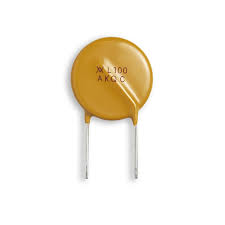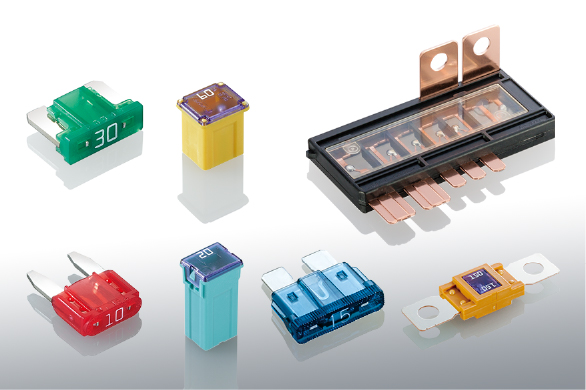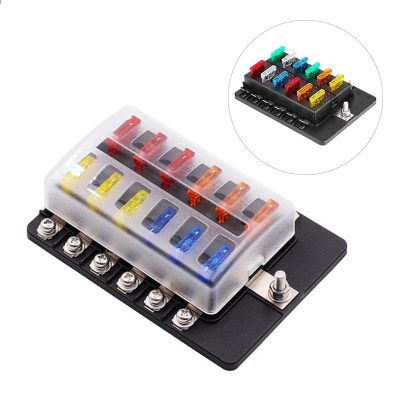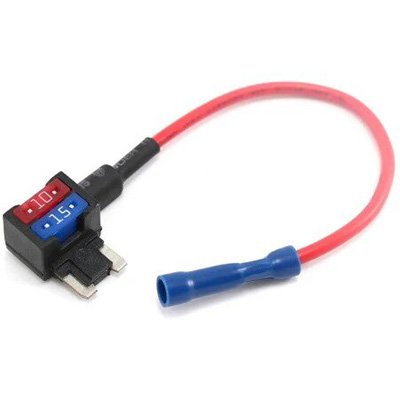The Critical Role of Fuses in Protecting Automotive Lighting Circuits from Bulb and Wiring Failures
News 2025-10-24
Automotive lighting circuits are essential for road safety, providing visibility through headlights, taillights, and other systems. Fuses serve as vital protectors by interrupting excessive current flow during faults like short circuits or overloads, preventing bulb burnout and wiring damage. This safeguard is crucial in modern vehicles, where electrical failures could lead to costly repairs or safety risks. By ensuring reliable operation, fuses help maintain the integrity of lighting systems in everyday driving conditions.

Application Scenarios
In automotive settings, fuses are applied in diverse lighting circuits to handle specific challenges. For headlights, they guard against high-current faults caused by moisture or physical damage, while in taillight systems, fuses protect against issues from worn connections or vibration-induced failures. Adaptive lighting in luxury vehicles also relies on fuses to shield sensitive electronics from surges, ensuring consistent performance during long drives or adverse weather. This targeted protection extends component life and reduces maintenance needs in both conventional and electric vehicles.
Performance Advantages
Fuses excel in automotive lighting by offering rapid fault response and robust durability. They disconnect circuits in milliseconds during overcurrent events, limiting heat buildup and preventing fire hazards in confined spaces. With options like blade or ceramic fuses, they provide precise current ratings that match lighting loads, enhancing energy efficiency and system longevity. Their simple design allows for easy integration and replacement, making them a superior choice for maintaining reliable illumination without compromising vehicle performance or safety.
Frequently Asked Questions
1. What causes a fuse to blow in lighting circuits?
Answer: A fuse blows due to excessive current from short circuits, overloads, or component failures, protecting the system from further damage.
2. How do fuses differ from circuit breakers in automotive use?
Answer: Fuses are one-time use and cheaper, while circuit breakers can reset, but fuses offer faster response for critical lighting protection.
3. Are fuses necessary in LED automotive lighting?
Answer: Yes, fuses are essential to protect LEDs from voltage spikes and current surges, ensuring their efficiency and extended lifespan.


